NFL
Ravens vs Commanders: Preview, History & Flag Guide
Your post-game Beltway hub for the final score, recap, highlights, box score, and drive charts—plus series context, what actually swung it (pressure rate, red-zone efficiency, yards per play), and quick after-action notes. When you’re ready to show both colors, our Ravens vs Commanders House Divided flag guide makes sizing and hardware simple. FlagOh adds licensed artwork, responsive support, and clear shipping timelines.

How It Was Won (Tactics & Situational Keys)
Baltimore didn’t need fireworks; they stacked advantages that compound on the scoreboard: a 4–0 turnover edge, a clean pocket plan (0 sacks allowed), and a special-teams haymaker. Even with similar total yards (BAL 232 vs WSH 242), the Ravens controlled the flow (35:44 possession), converted the pivotal downs (10/16 on third), and went 2/2 in the red zone on the way to a 30–3 finish.
Field position and “hidden points”
Two sequences tell the story: short-field drives of 11–15 yards that still yielded points after defensive wins—e.g., Loop’s 52-yard FG closing the half (4 plays, 11 yards) and an earlier 46-yard FG (5 plays, 11 yards). Add a 26-yard pick-six by Keyon Martin, and Washington was playing uphill all afternoon. That’s how you get a lopsided score without lopsided yardage.
Special teams changed the math
Rookie Tyler Loop went 3-for-3 with makes from 46, 52, and 61 yards—the last one essentially the dagger—and Baltimore finished preseason unbeaten. Practically, a live 60-plus leg raises your “points-on-reach” threshold: if the offense reaches the +43 to +45, the expected value of kicking rivals that of many 4th-and-medium decisions, especially in a defense-led script. This forces opponents to defend one more layer of field position and can compress their late-half strategy.
What worked for Baltimore
- Protection + patience: Zero sacks conceded and a 22/28 passing line built on quick-game and play-action kept the ball safe and chains moving—no need to chase explosives. 62 plays at 3.7 YPP looks modest, but it sustained 10 third-down conversions and protected a lead.
- Schedule control on the ground: 34 rushes (3.0 YPC) weren’t about chunk gains; they were about tempo and downs—keeping Washington’s defense on the field and limiting variance.
- Defensive leverage: Coverage disguises funneled throws into traffic, setting up tip/overthrows and the Martin pick-six. With no offensive turnovers to “pay back,” every takeaway snowballed into either points or pin-backs.
What stalled for Washington
- Turnovers (4) and short fields conceded: 3 INTs (including the pick-six) plus a lost fumble flipped win probability and wrecked any script control. Their 7/14 on third down wasn’t disastrous, but the failures clustered in the “gotta have it” zones.
- Personnel reality: With starters sitting, depth units faced full-speed pressure/coverage from Baltimore; Sam Hartman (12/17, 114, 2 INT) headlined the growing-pains theme. The staff’s own postgame note: still no clear answer on QB3.
Situational keys (why 30–3 made sense)
- Third down & red zone: Baltimore was selective but ruthless: stay ahead of the sticks, then take the sure points (2/2 RZ). Washington went 0/1 in the red zone and never converted stress into touchdowns.
- Penalty discipline: Low penalty yards on both sides, but Baltimore paired that cleanliness with turnover avoidance (0) and better down/distance management—multipliers that show up in possession time and field position.
- Momentum moments: The pick-six at 1:16 of Q2 and the 52-yarder at 0:00 of Q2 created a 10-point swing in two snaps, turning a manageable game into a chase, never Washington’s comfort zone with the lineup they dressed.
My take (coach’s clicker)
If Loop’s range holds into September, Baltimore’s four-down calculus changes—they can play for the 40–45 yard line and still bank points, which suits a defense-first blueprint. The offense doesn’t need to be explosive if it stays turnover-free, efficient on third, and elite on special teams. For Washington, the tape is useful: protection rules and QB decision speed must improve, but the depth reps (and a healthy starters’ group) matter more than an August scoreline.
Box score parity in yardage but a blowout on the scoreboard is classic preseason football: turnovers, special teams, and situational mastery are king. Baltimore owned all three. If they carry the ball security + third-down formula forward, they’ll bank close-game wins without aesthetic fireworks. Washington’s takeaway is clarity: clean the giveaways, settle the QB depth chart, and the structure of Dan Quinn’s team should look far more representative when the starters are back on the field.
Ravens vs Commanders History & Head-to-Head
2025 (preseason): Ravens 30–3 at Washington (Landover) — capping an unbeaten August for Baltimore. Notably, Washington was the club that ended Baltimore’s famous preseason streak two summers ago, adding a small modern footnote to this beltway pairing.
Series snapshot (regular season): The matchup is interconference and therefore infrequent; all-time in the regular season, Baltimore leads 5–3 with results spread from 1997 to 2024 (e.g., 20–17 in 1997; 31–17 in 2020; 30–23 in 2024). Expect meeting cadence to remain irregular under the NFL’s rotation plus the “17th game” quirk.
Beltway context (why it still feels local): The stadiums sit roughly 29–33 miles apart (Baltimore ↔ Landover), so media, marketing, and fan footprints overlap — one reason this game is booked almost every August. Off the field, the clubs have even jockeyed over marketing rights in Maryland suburbs, which helps explain the steady appetite for a regional exhibition.
Venue notes (Northwest Stadium): Washington’s home was renamed Northwest Stadium ahead of 2024; it plays on Bermuda grass and, in late August, typically features warm, humid air with light winds ~6–7 mph — a combination that nudges air density down but keeps cross-wind noise modest for specialists. For deep-ball timing, that means less wind shear but heavier air late in muggy night games; for kickers, approach/plant stability on grass matters more than raw leg in still conditions.
Because they’re in different conferences, coaching staffs treat this series as a controlled experiment more than a rivalry: Baltimore reliably stress-tests situational football and special-teams operations in August, while Washington calibrates protection rules and depth roles. The geographic proximity keeps the fan temperature higher than a normal AFC–NFC friendly, and the recent marketing-rights tug-of-war only adds to the texture — even if the on-field stakes are lower in preseason.
Think of Ravens–Commanders as a regional yardstick: close enough to feel personal, spaced out enough (in the regular season) to keep each meeting distinct. The 2025 preseason result slots neatly into the longer arc — Baltimore’s blueprint travels, Washington’s roster is still being tuned — and the venue/market context explains why you’ll keep seeing this one on the August slate.
Ravens vs Commanders House Divided flag
Celebrate the result—or rep both sides year-round—with a Ravens vs Commanders House Divided flag from FlagOh. Choose classic vertical 50/50 or a dynamic diagonal split so both crests read cleanly on camera.
Team design
- Ravens (purple/black/gold): Lead with purple, use gold as a thin accent. Bold sans-serif in white/gold on purple; add a thin outline on dark areas. Place the logo near the header (sleeve) and keep a 5–8% safe zone.
- Commanders (burgundy/gold): Burgundy base with bright gold accents; keep black minimal. White/gold text on burgundy; add a keyline at seams. Set the “W” inboard from grommets; match logo height to the Ravens side.
House Divided split & finishing details
- Split style: choose a vertical 50/50 (classic) or a diagonal split (dynamic). Place each logo on the larger color field for clean visibility.
- Divider/keyline: Use a thin, neutral keyline to prevent color bleed and define the split; our team sizes it appropriately for your flag.
- True-read: pick double-sided for curb-facing installs so wording and logos read correctly from both directions.
- Print clarity: keep logo proportions intact and avoid ultra-fine details; FlagOh uses licensed artwork and prepares print files in-house—no upload required.
Returns, Refunds & Exchanges
What qualifies for a replacement or refund
- The product is flawed (manufacturing defect).
- Print quality is poor or not as represented.
- The item you received is different from what was shown on our site.
Refunds
- You’re responsible for return shipping (non-refundable).
- If a refund is issued, return shipping costs may be deducted.
- Allow 3–5 business days after we receive your return for the refund to appear.
- Late or missing refund? Re-check your bank account → contact your card issuer → contact your bank.
Exchanges
- We only replace items that are defective or damaged (same item).
- Email: [email protected]; if approved, we’ll provide a return address.
Choose the split that fits your household, preview left/right placement, and hang it where eyes land first—porch rail or garden path. A simple touch that makes game day feel welcoming for both sides.
Market Check: What the Line Got Right/Wrong
Closing numbers (consensus): Ravens -2.5 (ML ~ -140 to -150) and Total 35.5 at major books. Implied score ≈ BAL 19.0 – WSH 16.5 (Total÷2 ± Spread÷2). Final landed 30–3 (Under 35.5; favorite covered by 24.5).
What the market got right
- Small favorite, correctly priced: A modest spread reflected the expectation that rotational depth and coaching in August would tilt toward Baltimore without requiring starters to carry the handicap. That thesis was correct—right side, wrong magnitude.
- Low total zone was justified: Books hung 35.5 despite decent weather and a neutral venue profile, signaling respect for August pace, conservative play-calling, and shorter offensive scripts. The result (33) validated the under corridor.
Where the market whiffed
- Game-state fragility: Pricing implied a one-score tilt; reality was multiple possessions. Depth mismatches and negative offensive states for Washington crushed their team total relative to the implied ~16.5, turning a fair -2.5 into a runaway cover. (This isn’t “bad number” so much as underestimating variance in final-week rotations.)
- Kicker delta underweighted: Preseason numbers often treat kicking as a wash. Baltimore’s edge meaningfully extended scoring range (drive success threshold ~ the +43 to +45), which boosts the favorite’s scoring floor and compresses comeback math—effects not fully captured by a -2.5. (Books priced the lean, but not the reach.)
CLV & alt-line context
- CLV: Some screens showed a tick to -3 before kickoff; early -2.5 grabbed positive CLV (closing at or near -3 in spots). CLV didn’t just “win”—it won by a mile, which matters to the long-run betting process.
- Alt-lines & margin ladders: In preseason, when depth/usage breaks one way, distribution tails fatten. Laddering into -6.5/-9.5 (or using “win by X–Y” bands) is one of the few spots where price/variance can align. Books did offer margin markets here, underscoring that the market anticipated wider outcomes—even if baseline spread stayed modest.
Price makers mostly nailed the direction—Baltimore a rightful favorite, total in the mid-30s—yet undervalued two preseason levers: (1) special-teams edge that meaningfully changes fourth-down/kick thresholds, and (2) late-August personnel asymmetry that, once it tilts, snowballs into multi-score outcomes. For Washington, the market priced a usable offensive floor that didn’t materialize with their rotation; for Baltimore, modest favoritism plus kicker reach created a parlay of floor + ceiling that a -2.5 can’t fully encode.
If you model August games, don’t stop at spread/total baselines. Add state-dependent variables: kicker range, coach preseason intent, and QB/OL rotation stability. Those three toggles decide whether a fair -2.5 becomes a sleepy 20–17—or a 30–3 that cashes the favorite, the Under, and blows out every conservative alt-line in between. Next time this regional preseason shows up, price the special-teams reach first, then check who’s actually playing quarterback and protecting him.
Rewatch & Highlights of Ravens vs Commanders
NFL game hub: score by quarter, team comparison, and drive flow; check back for the downloadable game book.
ESPN recap + box + play-by-play + clips: AP game story, team/player stats, and short highlight videos (pick-six, late INT) with a clean drive ledger.
AP wire (full story): confirms Tyler Loop went 3/3 (46, 52, 61) and details the defensive scores/swings.
Team coverage:
- Ravens recap + internal notes and who popped.
- Commanders’ “5 takeaways” (QB3, depth battles, roster-cut context).
- Pressers/audio: Harbaugh + players; radio archive for a “home-booth” rewatch.
A smart rewatch plan (watch less, learn more)
- Condensed story first (10–12 mins): Hit ESPN’s clips carousel for the skeleton of the game—Keyon Martin’s pick-six and Thomas Graham Jr.’s late INT are already packaged.
- Map the game flow with drives: Open ESPN’s play-by-play and scroll the scoring summary—note the opening 14-play, 70-yard Ravens march and the second-quarter cluster of short-field scores.
- Zero in on the halftime swing: In the final two minutes of Q2, you’ll see back-to-back leverage plays—pick-six (short field, 3 plays/15 yds) and a short-field FG drive (4 plays/11 yds). That double-tap is how a one-score script becomes a chase.
- Special teams lens: Check Loop’s distances (46, 52, 61) on the AP recap, then pair that with field-position data; flip to punting and you’ll see Jordan Stout put all 4 punts inside the 20—that’s how “hidden points” accumulate.
- Depth & evaluation passes: Use team articles/pressers for who helped/hurt their stock, then rewatch those players’ series (e.g., ILB Trenton Simpson bursts, CB rotations).
What to actually look for (beyond the scoreboard)
- Opening script discipline: The 14-play Baltimore drive at Q1 6:36 TD shows their sequencing—simple edges, low risk, chain control. Track the mix of runs/quick game and how it suppresses third-and-longs.
- Two-minute mechanics: Watch substitution patterns and clock use before the half; notice how the pick-six immediately alters Washington’s next-series urgency, then the short-field FG compounds it.
- Field-position economy: Cross-check punts and return placements—4/4 inside-20 for Baltimore is elite in any context and compresses opponent play-calling.
- Kicker “reach” on decision trees: Rewatch the 52 and 61 to see how Baltimore comfortably plays for the +43 to +45 yardline; that extends scoring range and changes fourth-down math even in preseason.
- Depth chart tape: Pair Commanders’ five takeaways with the drives where those players feature; you’ll get a truer read on roster battles than box score totals do.
If you only have 15 minutes, start with the highlight clips, move to the two-minute sequence in the second quarter, review the special-teams snaps, and finish by skimming the drive chart to see why the scoreboard ballooned despite modest yardage. When you have more time, layer in the team recaps and pressers for personnel context; it turns a preseason blowout into actionable tape for what matters next week.
If You Went: Quick Notes & Next-Time Tips
- Parking & rideshare: Pre-book lots; confirm postgame pickup zones to avoid 30–45-minute delays.
- Entry flow: Mobile tickets + magnetometers; arriving 60–90 minutes early still beats lines.
- Bag rules: Clear bag standards (~12″×6″×12″); check venue list for exceptions.
- Season carry-over: Save your route/lot combo and gate timing for the regular season; it still applies.
Flags & Fan Gear Guide (FlagOh)
For Ravens vs Commanders, an NFL House Divided flag—matched to the right size and hardware—makes your setup read clearly from the street. Keep etiquette simple and care light, and your colors will stay sharp all season.
What you’re getting (at a glance)
- Material: premium flax polyester—waterproof, weather-resistant, UV/fade-resistant, built to last.
- Print: double-sided, true-read—graphics and wording read correctly from both directions.
- Color notice: final prints may vary slightly from on-screen colors
Size by sightline
- 3×5 ft: street-facing (≈ 20–30 ft viewing).
- 28×40: standard porch/sleeve mounts.
- 12×18: garden paths and planters (≈ 6–10 ft viewing).
- 36×60 (grommets): balconies/rails or bigger facades.
Mounting & hardware
- Sleeve or grommets to match your setup.
- Angled bracket 30°–45°, pole, anti-wrap ring; prefer stainless hardware outdoors.
- Face the curb/camera; clear 12–18 in from walls/rails; tension evenly at both corners for grommet installs.
Care that keeps colors honest
- Quick clean: cold water, mild soap, gentle rinse; no bleach, no dryer. Hang to dry fully.
- UV strategy: rotate flags if you fly daily in peak sun; store a backup for big games.
- Hardware check: inspect header, stitching, and grommets monthly; trim loose threads.
- Smart storage: bone-dry before storing; fold loosely; use a breathable bag—avoid attic heat.
Prefer a single-team look? Pair a Ravens flag or a Washington Commanders flag with the same bracket, anti-wrap ring, and care routine above. If your home is split, stick with the House Divided layout—choose the size, add the hardware, and you’re game-day ready with FlagOh.
FAQs
Have questions about Baltimore Ravens vs Commanders? This FAQ distills rivalry context, preseason meaning, flag sizing, and display basics for a quick scan.
Have questions after Ravens vs Commanders?
This post-game FAQ distills the final score and key takeaways, rivalry context, rewatch options (highlights, box score, drive charts), and flag sizing/display basics so you can scan fast and dig deeper where it matters.
Is Ravens vs Commanders a rivalry?
Yes. Close geography and a nearly annual preseason meeting keep interest high, even when depth charts shape the on-field story.
What does this preseason result actually tell us?
Treat it as a light but useful signal. Depth roles, QB and OL rotations, and special-teams quality are the most informative takeaways; they matter more than trying to project regular-season wins from an August scoreline.
What was the final score, and where can I rewatch?
Ravens 30–3. Head to Rewatch & Highlights for the highlight clips, full box score, play-by-play, and drive charts if you want the two-minute swing, special-teams snaps, and field-position story without watching every play.
What size flag reads cleanly from the street?
A 3×5 ft flag typically reads at 20–30 ft. For curb-facing installs and photos, choose double-sided true-read so wording and logos display correctly from both directions.
Single vs double-sided for curb-facing homes?
Double-sided is the clean choice for street-side viewing and game-day photos. It pairs well with sleeve-mount 28×40 or grommet-mount 36×60 setups from FlagOh.
How do wind and UV affect lifespan?
Wind frays the fly end, and UV fades dyes over time. Use heavier polyester, rotate during peak sun, and bring the flag down around 25–30 mph winds. Inspect the header and stitching monthly.
Where can I find a Ravens vs Commanders House Divided flag?
See Flags & Fan Gear for sizes, mounting, and care, or pick a Ravens vs Commanders House Divided flag from FlagOh with licensed artwork, double-sided true-read printing, and clear shipping timelines.
Need sources and clips now? Open Rewatch & Highlights for all rewatch assets. Want to fly both colors? Jump to Flags & Fan Gear for our House Divided setup and care guide. This post-game hub gives you a clean, no-noise read on a Beltway matchup that’s in the books—covering the recap, the situational levers that mattered, and quick logistics you can act on. Use the rewatch guide to queue highlights, skim the head-to-head snapshot for context, and check post-game roster notes. If you want your porch to match the moment, shop a Ravens vs Commanders House Divided flag and fly it with FlagOh.

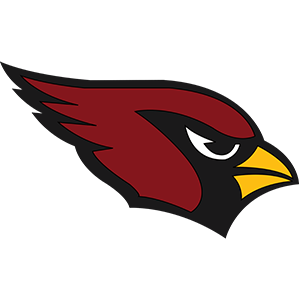 Arizona Cardinals Flag
Arizona Cardinals Flag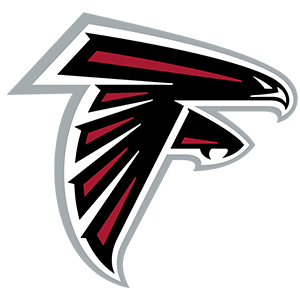 Atlanta Falcons Flag
Atlanta Falcons Flag Baltimore Ravens Flag
Baltimore Ravens Flag Buffalo Bills Flag
Buffalo Bills Flag Carolina Panthers Flag
Carolina Panthers Flag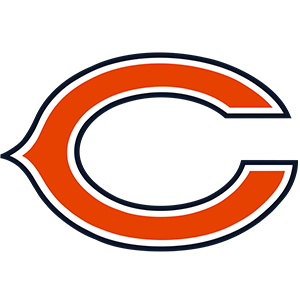 Chicago Bears Flag
Chicago Bears Flag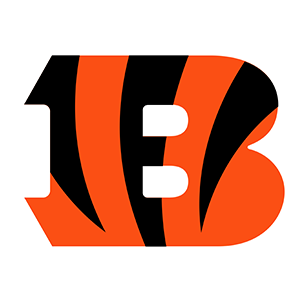 Cincinnati Bengals Flag
Cincinnati Bengals Flag Cleveland Browns Flag
Cleveland Browns Flag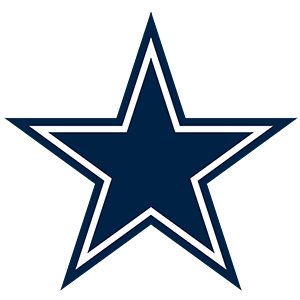 Dallas Cowboys Flag
Dallas Cowboys Flag Denver Broncos Flag
Denver Broncos Flag Detroit Lions Flag
Detroit Lions Flag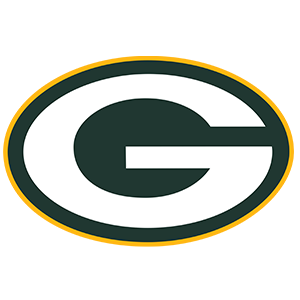 Green Bay Packers Flag
Green Bay Packers Flag Houston Texans Flag
Houston Texans Flag Indianapolis Colts Flag
Indianapolis Colts Flag Jacksonville Jaguars Flag
Jacksonville Jaguars Flag Kansas City Chiefs Flag
Kansas City Chiefs Flag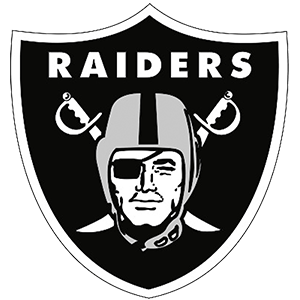 Las Vegas Raiders Flag
Las Vegas Raiders Flag Los Angeles Chargers Flag
Los Angeles Chargers Flag Los Angeles Rams Flag
Los Angeles Rams Flag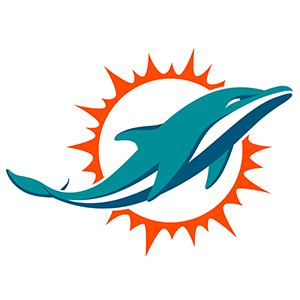 Miami Dolphins Flag
Miami Dolphins Flag Minnesota Vikings Flag
Minnesota Vikings Flag New England Patriots Flag
New England Patriots Flag New Orleans Saints Flag
New Orleans Saints Flag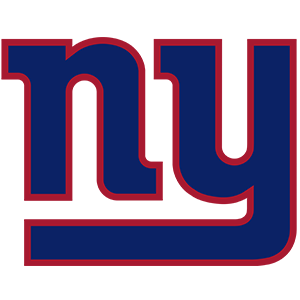 New York Giants Flag
New York Giants Flag New York Jets Flag
New York Jets Flag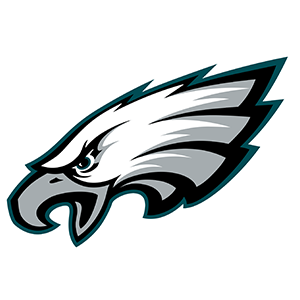 Philadelphia Eagles Flag
Philadelphia Eagles Flag Pittsburgh Steelers Flag
Pittsburgh Steelers Flag San Francisco 49ers Flag
San Francisco 49ers Flag Seattle Seahawks Flag
Seattle Seahawks Flag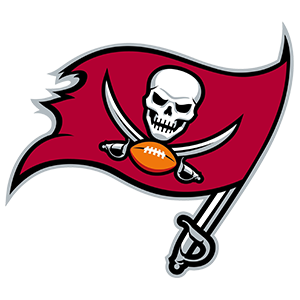 Tampa Bay Buccaneers Flag
Tampa Bay Buccaneers Flag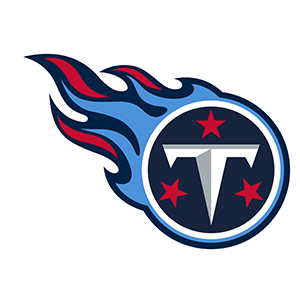 Tennessee Titans Flag
Tennessee Titans Flag Washington Commanders Flag
Washington Commanders Flag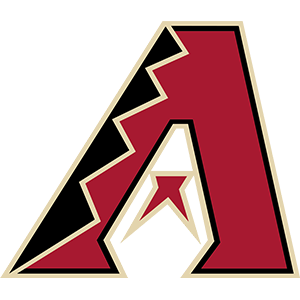 Arizona Diamondbacks Flag
Arizona Diamondbacks Flag Atlanta Braves Flag
Atlanta Braves Flag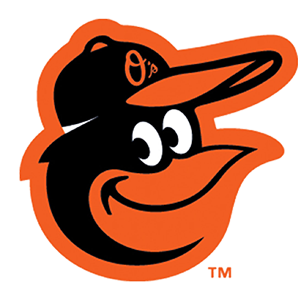 Baltimore Orioles Flag
Baltimore Orioles Flag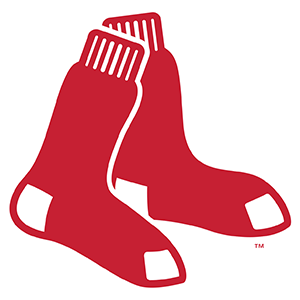 Boston Red Sox Flag
Boston Red Sox Flag Chicago Cubs Flag
Chicago Cubs Flag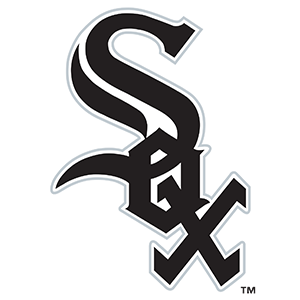 Chicago White Sox Flag
Chicago White Sox Flag Cincinnati Reds Flag
Cincinnati Reds Flag Cleveland Guardians Flag
Cleveland Guardians Flag Colorado Rockies Flag
Colorado Rockies Flag Detroit Tigers Flag
Detroit Tigers Flag Houston Astros Flag
Houston Astros Flag Kansas City Royals Flag
Kansas City Royals Flag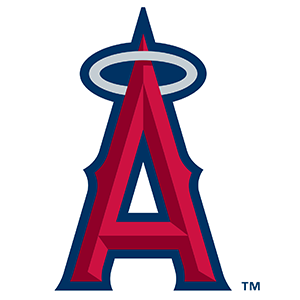 Los Angeles Angels Flag
Los Angeles Angels Flag Los Angeles Dodgers Flag
Los Angeles Dodgers Flag Miami Marlins Flag
Miami Marlins Flag Milwaukee Brewers Flag
Milwaukee Brewers Flag Minnesota Twins Flag
Minnesota Twins Flag New York Mets Flag
New York Mets Flag New York Yankees Flag
New York Yankees Flag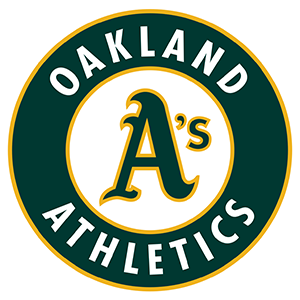 Oakland Athletics Flag
Oakland Athletics Flag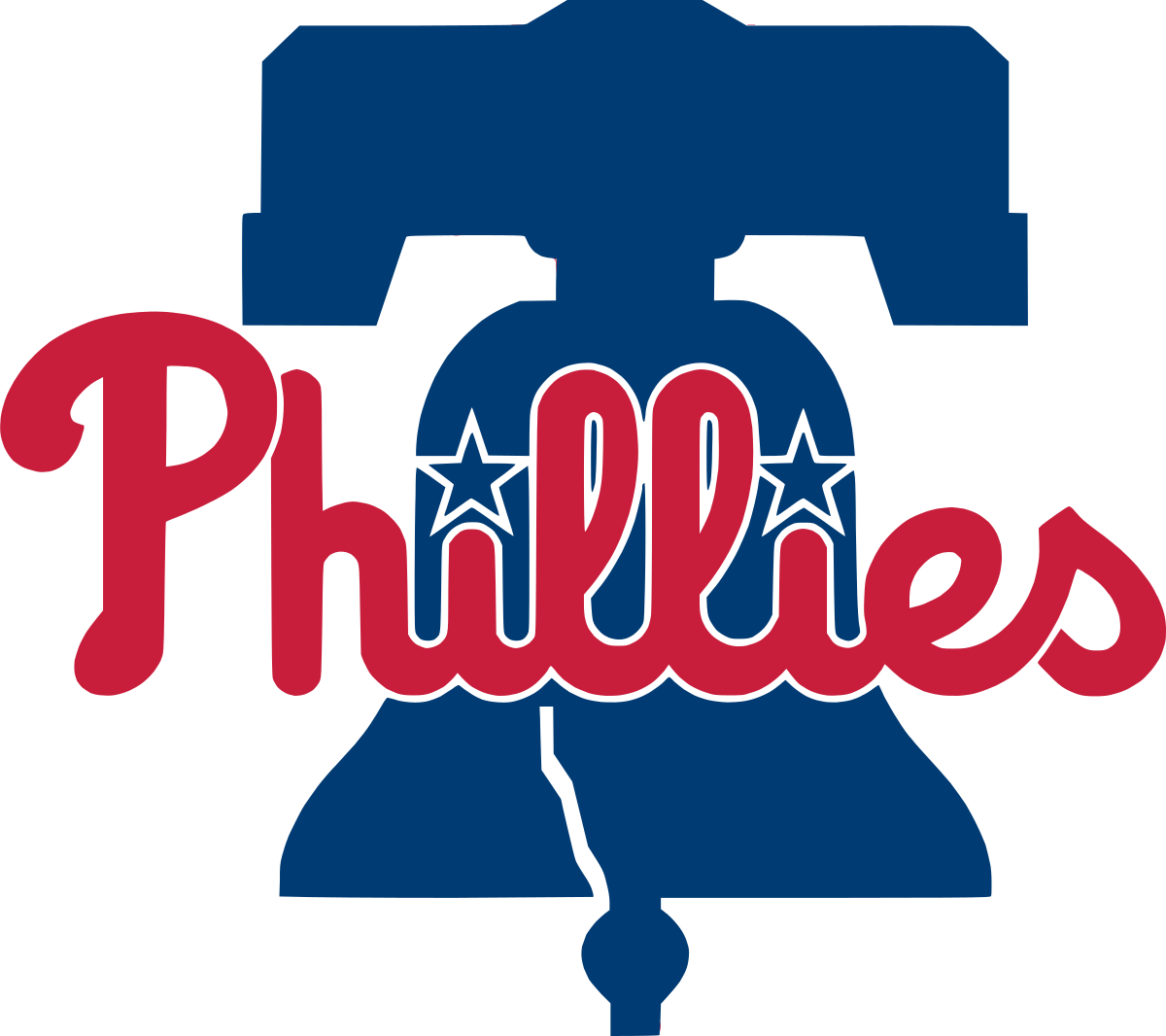 Philadelphia Phillies Flag
Philadelphia Phillies Flag Pittsburgh Pirates Flag
Pittsburgh Pirates Flag San Diego Padres Flag
San Diego Padres Flag San Francisco Giants Flag
San Francisco Giants Flag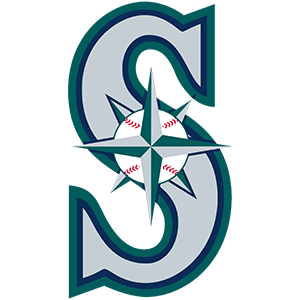 Seattle Mariners Flag
Seattle Mariners Flag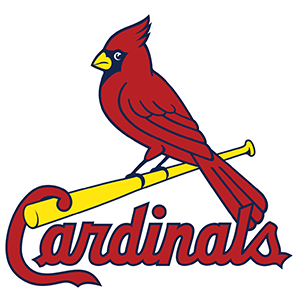 St. Louis Cardinals Flag
St. Louis Cardinals Flag Tampa Bay Rays Flag
Tampa Bay Rays Flag Texas Rangers Flag
Texas Rangers Flag Toronto Blue Jays Flag
Toronto Blue Jays Flag Washington Nationals Flag
Washington Nationals Flag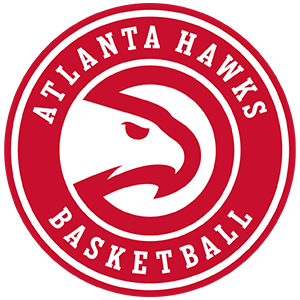 Atlanta Hawks Flag
Atlanta Hawks Flag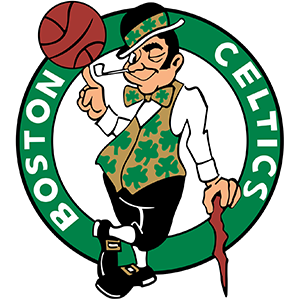 Boston Celtics Flag
Boston Celtics Flag Brooklyn Nets Flag
Brooklyn Nets Flag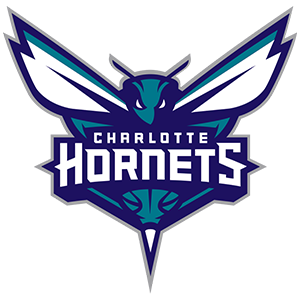 Charlotte Hornets Flag
Charlotte Hornets Flag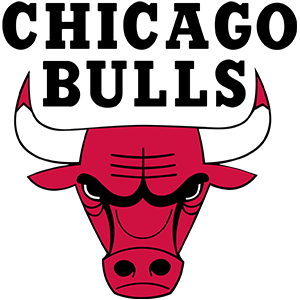 Chicago Bulls Flag
Chicago Bulls Flag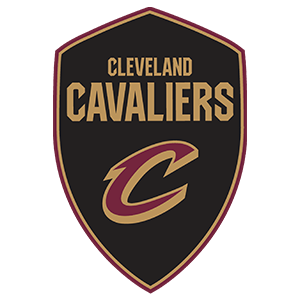 Cleveland Cavaliers Flag
Cleveland Cavaliers Flag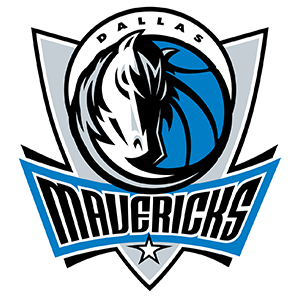 Dallas Mavericks Flag
Dallas Mavericks Flag Denver Nuggets Flag
Denver Nuggets Flag Detroit Pistons Flag
Detroit Pistons Flag Golden State Warriors Flag
Golden State Warriors Flag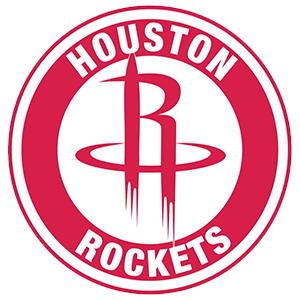 Houston Rockets Flag
Houston Rockets Flag Indiana Pacers Flag
Indiana Pacers Flag LA Clippers Flag
LA Clippers Flag Los Angeles Lakers Flag
Los Angeles Lakers Flag Memphis Grizzlies Flag
Memphis Grizzlies Flag Miami Heat Flag
Miami Heat Flag Milwaukee Bucks Flag
Milwaukee Bucks Flag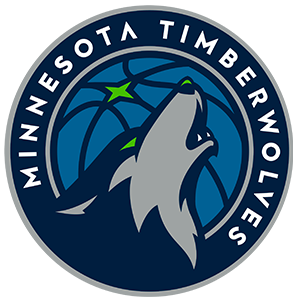 Minnesota Timberwolves Flag
Minnesota Timberwolves Flag New Orleans Pelicans Flag
New Orleans Pelicans Flag New York Knicks Flag
New York Knicks Flag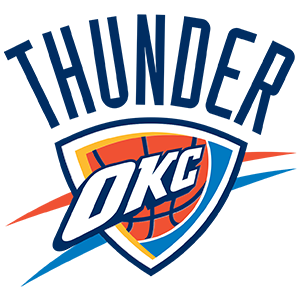 Oklahoma City Thunder Flag
Oklahoma City Thunder Flag Orlando Magic Flag
Orlando Magic Flag Philadelphia 76ers Flag
Philadelphia 76ers Flag Phoenix Suns Flag
Phoenix Suns Flag Portland Trail Blazers Flag
Portland Trail Blazers Flag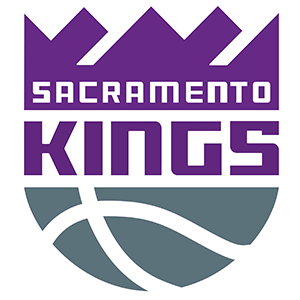 Sacramento Kings Flag
Sacramento Kings Flag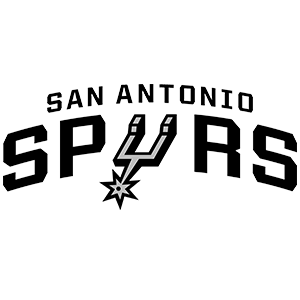 San Antonio Spurs Flag
San Antonio Spurs Flag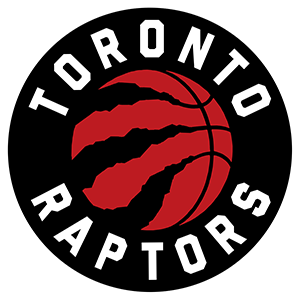 Toronto Raptors Flag
Toronto Raptors Flag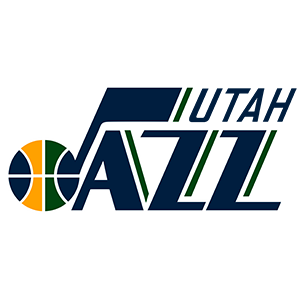 Utah Jazz Flag
Utah Jazz Flag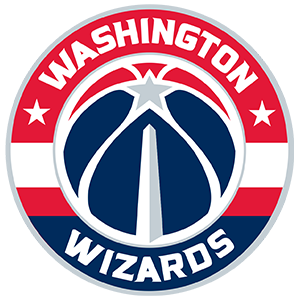 Washington Wizards Flag
Washington Wizards Flag Anaheim Ducks Flag
Anaheim Ducks Flag Arizona Coyotes Flag
Arizona Coyotes Flag Boston Bruins Flag
Boston Bruins Flag Buffalo Sabres Flag
Buffalo Sabres Flag Calgary Flames Flag
Calgary Flames Flag Carolina Hurricanes Flag
Carolina Hurricanes Flag Chicago Blackhawks Flag
Chicago Blackhawks Flag Colorado Avalanche Flag
Colorado Avalanche Flag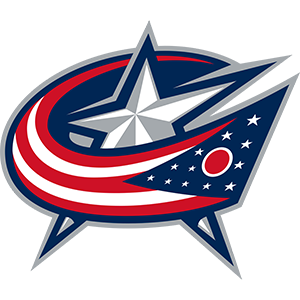 Columbus Blue Jackets Flag
Columbus Blue Jackets Flag Dallas Stars Flag
Dallas Stars Flag Detroit Red Wings Flag
Detroit Red Wings Flag Edmonton Oilers Flag
Edmonton Oilers Flag Florida Panthers Flag
Florida Panthers Flag Los Angeles Kings Flag
Los Angeles Kings Flag Minnesota Wild Flag
Minnesota Wild Flag Montreal Canadiens Flag
Montreal Canadiens Flag Nashville Predators Flag
Nashville Predators Flag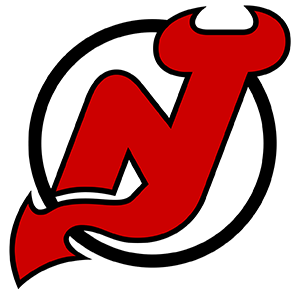 New Jersey Devils Flag
New Jersey Devils Flag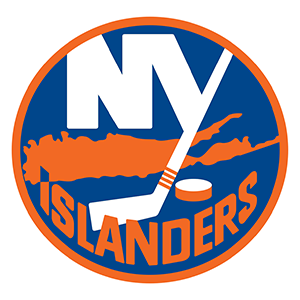 New York Islanders Flag
New York Islanders Flag New York Rangers Flag
New York Rangers Flag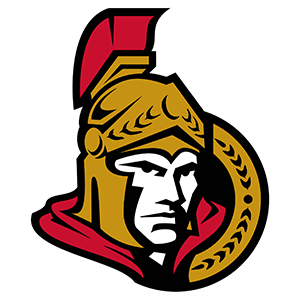 Ottawa Senators Flag
Ottawa Senators Flag Philadelphia Flyers Flag
Philadelphia Flyers Flag Pittsburgh Penguins Flag
Pittsburgh Penguins Flag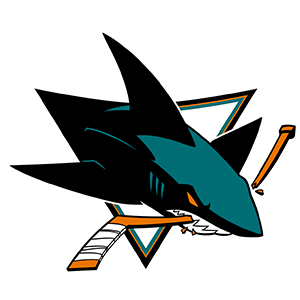 San Jose Sharks Flag
San Jose Sharks Flag Seattle Kraken Flag
Seattle Kraken Flag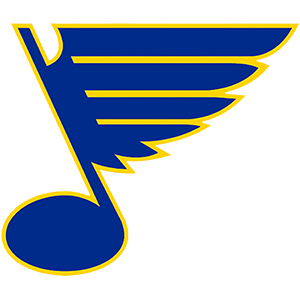 St. Louis Blues Flag
St. Louis Blues Flag Tampa Bay Lightning Flag
Tampa Bay Lightning Flag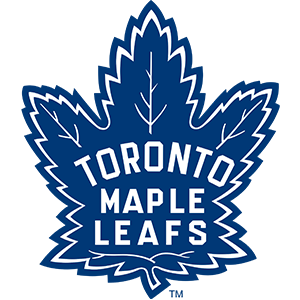 Toronto Maple Leafs Flag
Toronto Maple Leafs Flag Vancouver Canucks Flag
Vancouver Canucks Flag Vegas Golden Knights Flag
Vegas Golden Knights Flag Washington Capitals Flag
Washington Capitals Flag Winnipeg Jets Flag
Winnipeg Jets Flag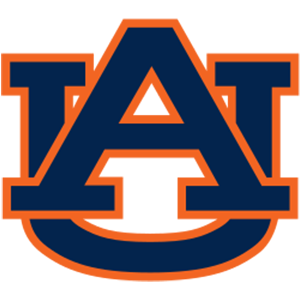 Auburn Tigers Flag
Auburn Tigers Flag Clemson Tigers Flag
Clemson Tigers Flag Florida Gators Flag
Florida Gators Flag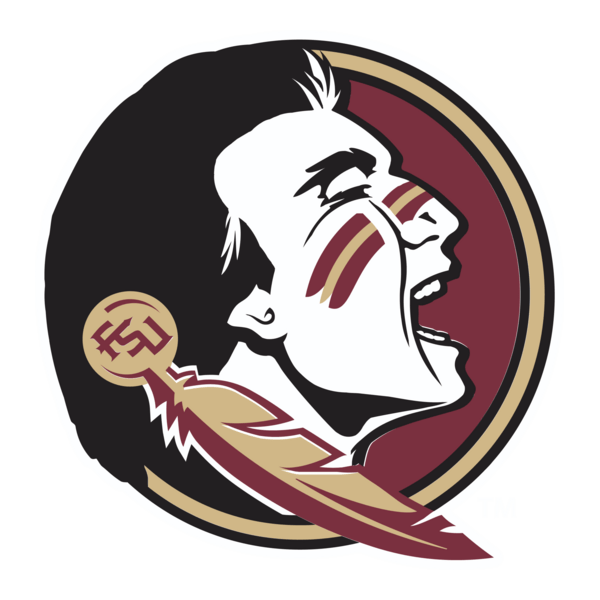 Florida State Seminoles Flag
Florida State Seminoles Flag Michigan Wolverines Flag
Michigan Wolverines Flag Nebraska Cornhuskers Flag
Nebraska Cornhuskers Flag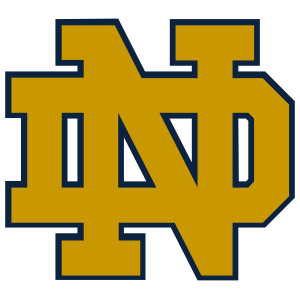 Notre Dame Fighting Irish Flag
Notre Dame Fighting Irish Flag Ohio State Buckeyes Flag
Ohio State Buckeyes Flag Oklahoma Sooners Flag
Oklahoma Sooners Flag Oregon Ducks Flag
Oregon Ducks Flag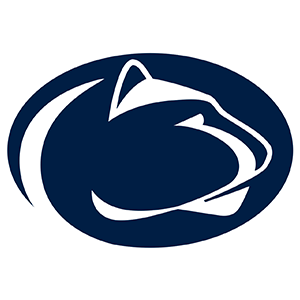 Penn State Nittany Lions Flag
Penn State Nittany Lions Flag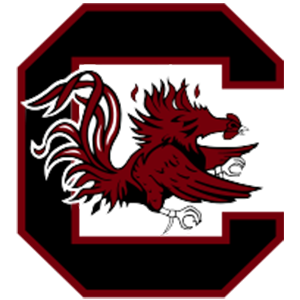 South Carolina Gamecocks Flag
South Carolina Gamecocks Flag Tennessee Volunteers Flag
Tennessee Volunteers Flag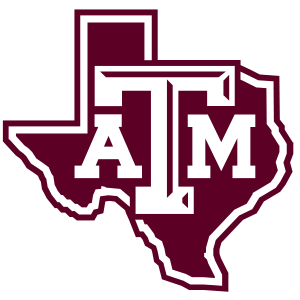 Texas A&M Aggies Flag
Texas A&M Aggies Flag Texas Longhorns Flag
Texas Longhorns Flag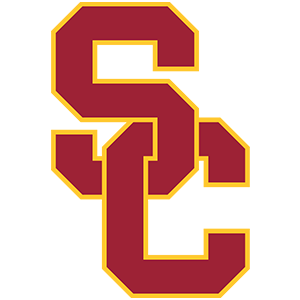 USC Trojans Flag
USC Trojans Flag